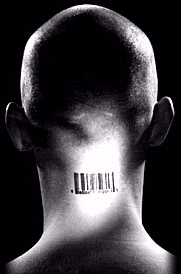Cited By
View all- Nokhanji NFlocchini PSantoro N(2023)Dynamic Line Maintenance by Hybrid Programmable MatterInternational Journal of Networking and Computing10.15803/ijnc.13.1_1813:1(18-47)Online publication date: 2023
- Daymude JRicha AScheideler C(2023)The canonical amoebot model: algorithms and concurrency controlDistributed Computing10.1007/s00446-023-00443-336:2(159-192)Online publication date: 17-Feb-2023
- Nokhanji NFlocchini PSantoro N(2022)Fully Dynamic Line Maintenance by a Simple Robot2022 8th International Conference on Automation, Robotics and Applications (ICARA)10.1109/ICARA55094.2022.9738561(108-112)Online publication date: 18-Feb-2022
- Show More Cited By


